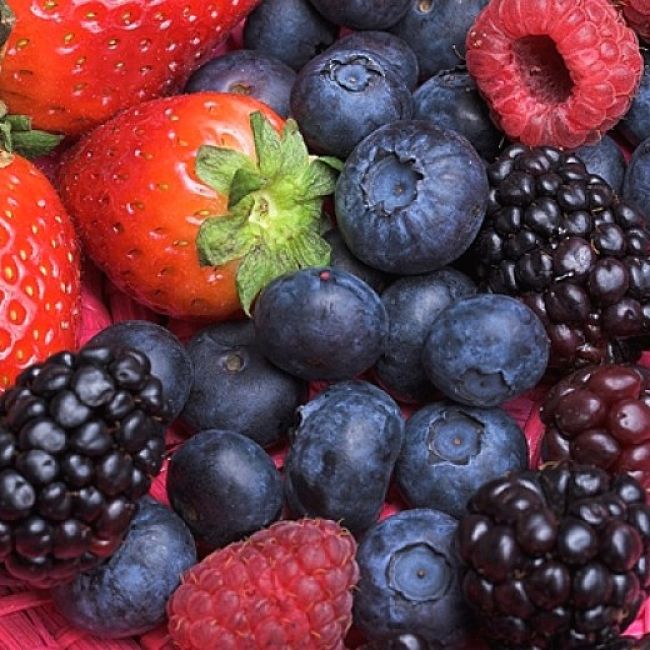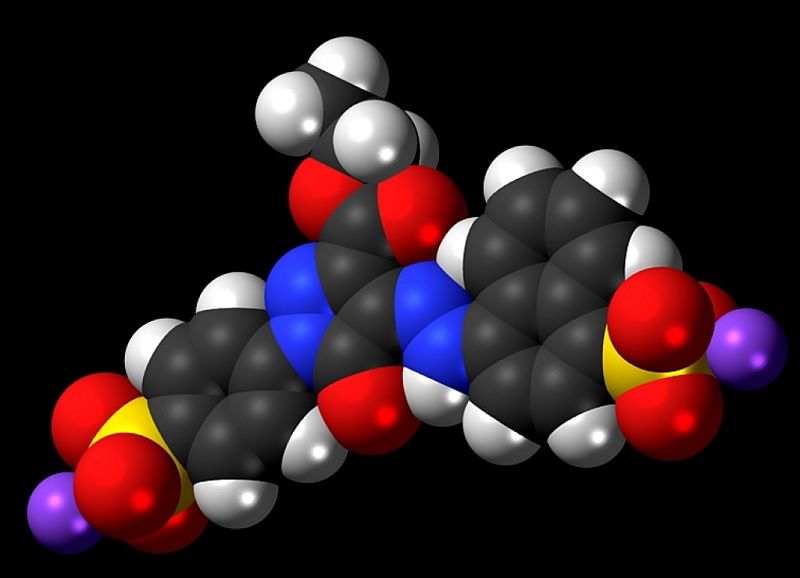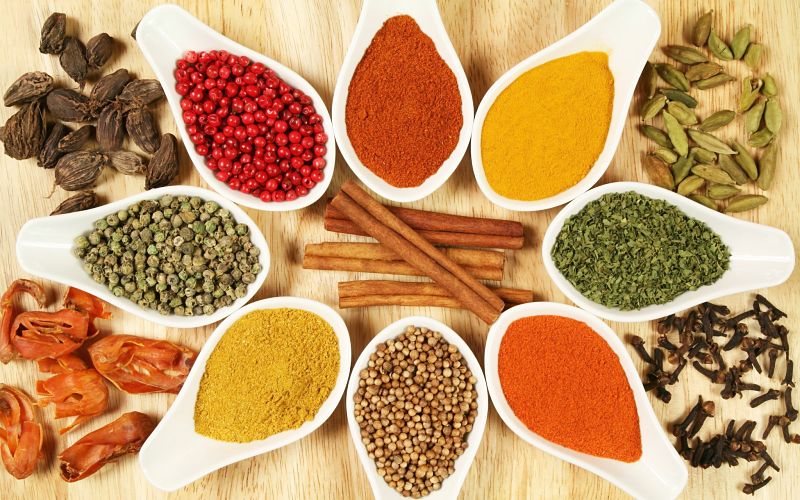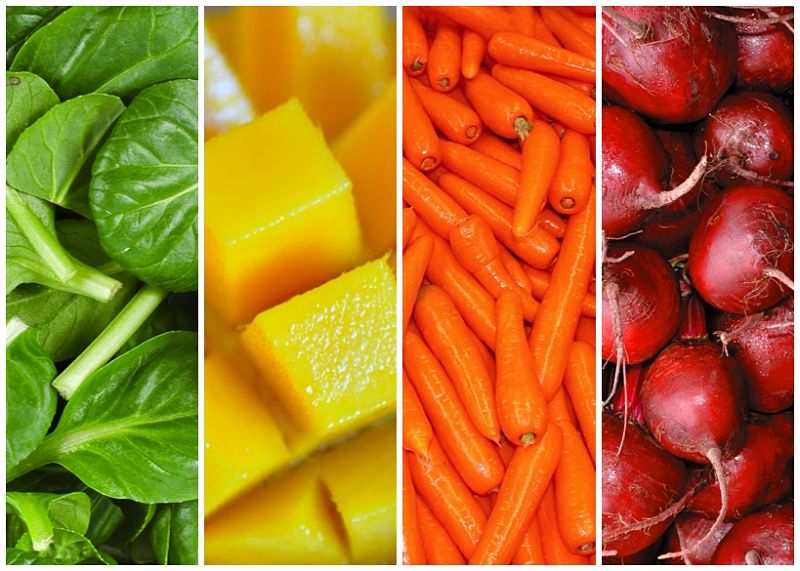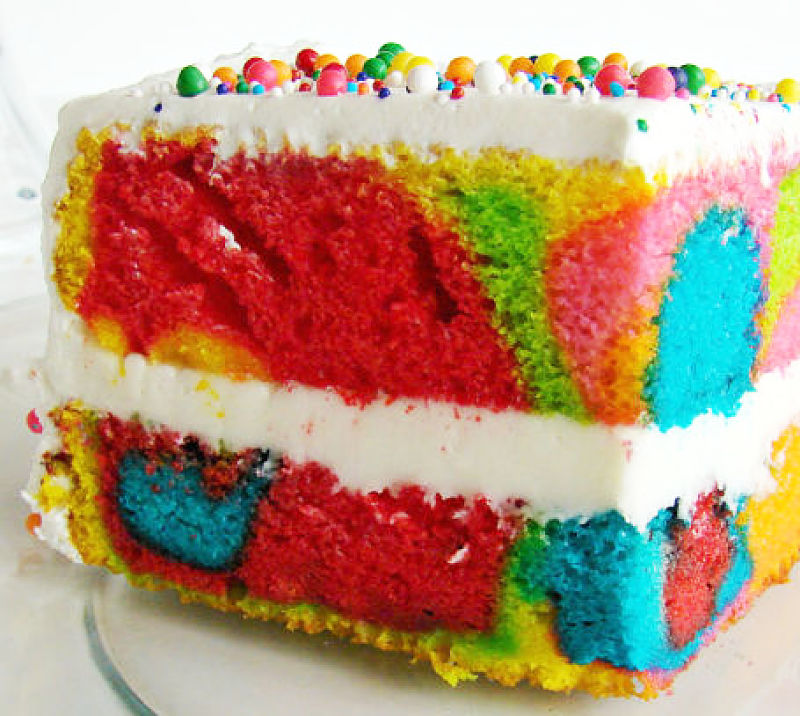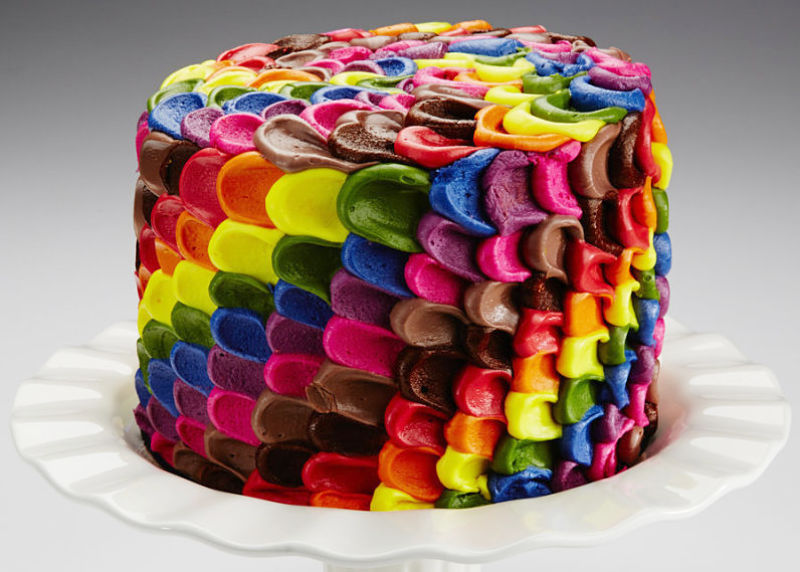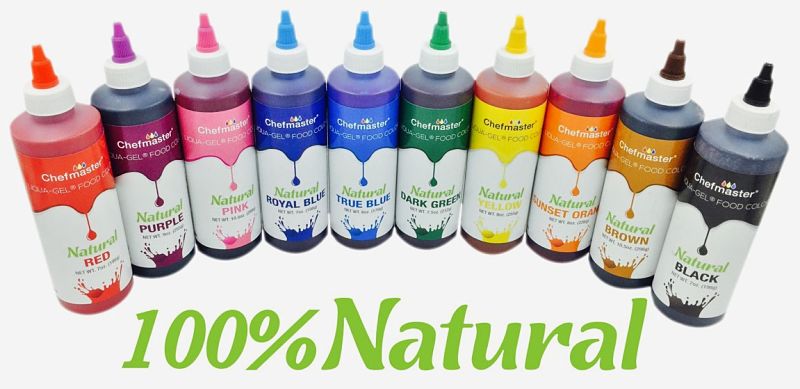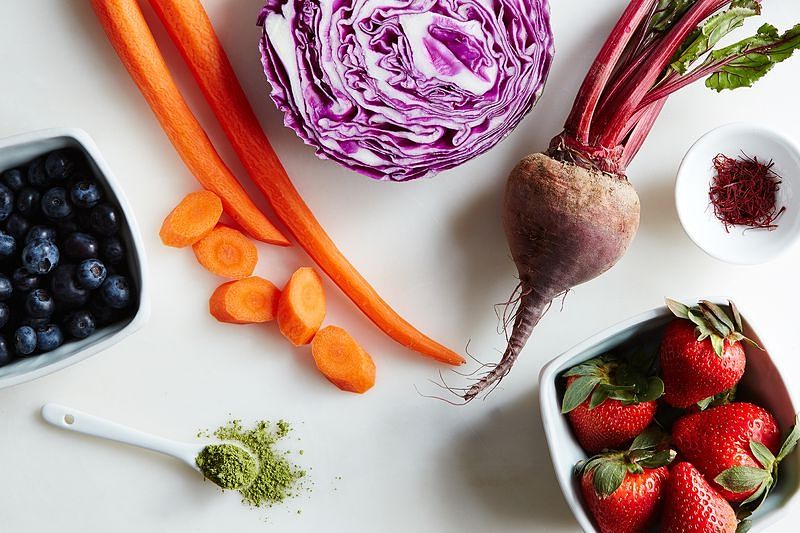How to Avoid Artificial Colors, Dyes and Sweeteners in Food
Various chemicals are added to processed food for a number of purposes. Some additives help preserve your food, improve the taste, appearance or texture, improve the color, provide artificial antioxidant properties and for many other purposes.
Many food additives, like artificial colors, can have major side effects particularly for children being associated with mood swings and hyperactivity. While some of the additives are derived from natural organic compounds such as sweeteners and vitamins, many are not used in natural ways nor at natural concentrations.
Most of the additives are chemical made from petroleum derivatives and acetone. In many cases the long term damage caused by these chemicals is simply unknown, especially when combined with other chemicals and medications.
People concerned about their health and diet want to avoid artificial colors, dyes, preservative and sweeteners in their food.
Consumers should be aware that even many natural fresh foods may be contaminated with chemicals eve though they appear free of contaminants.
Fortunately in most countries there are regulations which require that all the chemicals added to food be listed on the label. This article is designed to help you identify the more dangerous additives by their number codes and their health concerns.
It includes a summary chart of the chemicals and their health risks.
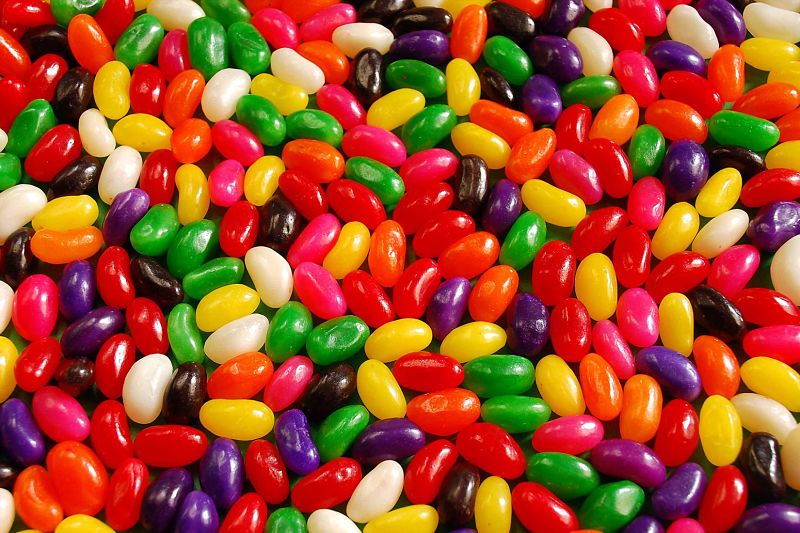
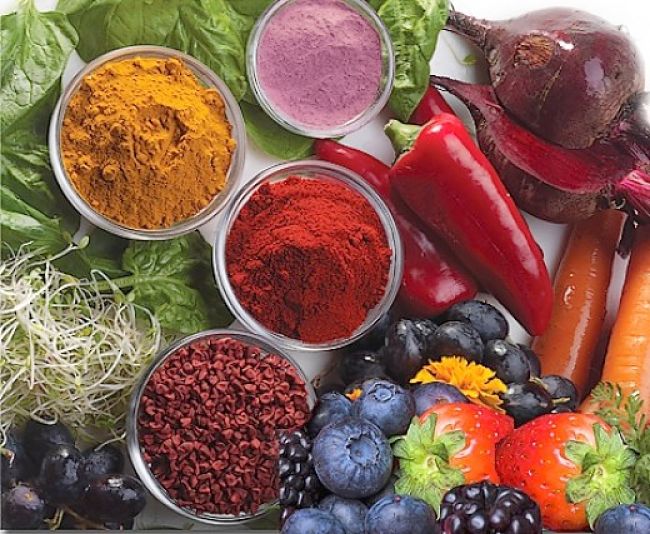
Avoiding Artificial Food Additives - How to read the Labels
- The best way to avoid artificial colors and chemicals is to eat whole foods, organic food, fresh foods from farmers markets like vegetables, fruit, meat and legumes and to prepare your own food at home.
- Check all the colors, flavors, spices and other ingredients you use when cooking to ensure they don't contain any chemicals or additive you don't want.
- Look for the various number codes or descriptions on the label such as Green #3, Red #40, Blue #1 or #2, Yellow #5 and #6 and Red #3 - all of which are artificial colors.
- Avoid all processed foods when you can. Virtually all of these foods have many additives. The same applies to processed ingredients, many of which contain artificial colors, stabilizers and preservatives.
- Look for foods made with natural colors like fruit juice, beet root extract, paprika, saffron, beta carotene, caramel color and turmeric.
- Learn how to use natural colors, such as turmeric, as substitutes for the artificial ones.
- Avoid flavored milks, yogurt, snack foods, candy and prepared desserts, and many drinks which are often a cocktail of chemicals.
- Learn to identify the codes of the chemicals you want to avoid. If the codes don't appear in the table below, do some research to check them out.
Artificial Colors, Dyes, Preservatives, Sweeteners and other Additives to Avoid
|
Additive Number
|
Name of Food Additive
|
Hyper-activity
|
Asthma
|
Cancinogen
|
|---|---|---|---|---|
|
102 and E102
|
Tartrazine (food color)
|
H
|
A
|
C
|
|
104 and E104
|
Quinoline Yellow (food color)
|
H
|
A
|
C
|
|
107 and E107
|
Yellow 2G (food color)
|
H
|
A
|
C
|
|
110 and E110
|
Sunset Yellow (Yellow food color #6)
|
H
|
A
|
C
|
|
120 and E120
|
Carmines, Cochineal (food color)
|
H
|
A
|
-
|
|
122 and E122
|
Azorubine, Carmoisine (food color)
|
H
|
A
|
C
|
|
123 and E123
|
Amaranth (Red food color #2)
|
H
|
A
|
C
|
|
124 and E124
|
Ponceau, Brilliant Scarlet (food color)
|
H
|
A
|
C
|
|
127 and E127
|
Erythrosine (Red food color #2)
|
H
|
A
|
C
|
|
E128
|
Red 2G (Red food color)
|
H
|
A
|
C
|
|
129 and E129
|
Allura Red AC (food color)
|
H
|
A
|
C
|
|
E131
|
Patent Blue (food color)
|
H
|
A
|
C
|
|
132 and E132
|
Indigotine, Indigo Carmine (food color)
|
H
|
A
|
C
|
|
133 and E133
|
Brilliant Blue (food color)
|
H
|
A
|
C
|
|
142 and E142
|
Acid Brilliant Green, Green S, Food Green (food color)
|
H
|
A
|
-
|
|
143
|
Fast Green (food color)
|
-
|
A
|
-
|
|
150 and E150
|
Caramel (food color)
|
H
|
-
|
-
|
|
151 and E151
|
Activated Vegetable Carbons, Brilliant Black (food color)
|
H
|
A
|
C
|
|
154
|
Food Brown, Kipper Brown, Brown FK (food color)
|
H
|
A
|
C
|
|
155 and E155
|
Chocolate Brown HT, Brown HT (food color)
|
H
|
A
|
C
|
|
160b and E160b
|
Bixin, Norbixin, Annatto Extracts (yellow, red to brown natural colors)
|
H
|
A
|
-
|
|
E171
|
Titanium Dioxide, TiO2 (to give foods an opaque color)
|
?
|
?
|
?
|
|
E173
|
Aluminium (preservatives)
|
-
|
-
|
C
|
|
E180
|
Latol Rubine, Pigment Rubine (preservatives)
|
H
|
A
|
C
|
|
200 and
|
Potassium & Calcium Sorbates ,Sorbic Acid (preservatives)
|
H
|
A
|
-
|
|
E200-203
|
|
|
|
|
|
210 and E210
|
Benzoic Acid (preservatives)
|
H
|
A
|
-
|
|
211 and E211
|
Sodium Benzoate (preservatives)
|
H
|
A
|
C
|
|
212 and E212
|
Potassium Benzoate (preservatives)
|
-
|
A
|
-
|
|
213 and E213
|
Calcium Benzoate (preservatives)
|
-
|
A
|
-
|
|
E214
|
Ethyl Para Hydroxybenzonate (preservatives)
|
-
|
A
|
-
|
|
E215
|
Sodium Ethyl Para Hydroxybenzonate (preservatives)
|
-
|
A
|
-
|
|
216 and E216
|
Propyl P Hydroxybenzonate, Propylparaben (preservatives)
|
-
|
A
|
-
|
|
E217
|
Sodium Propyl P Hydroxybenzonate (preservatives)
|
-
|
A
|
-
|
|
220 and E220
|
Sulphur Dioxide also Sulfur dioxide (preservatives)
|
H
|
A
|
-
|
|
221 and E221
|
Sodium Sulfite or Sodium Sulphite (preservatives)
|
-
|
A
|
-
|
|
222
|
Sodium Bisulfite or Sodium Bisulphite (preservatives)
|
-
|
A
|
-
|
|
223 and E223
|
Sodium Metabisulfite or Sodium Metabisulphite (preservatives)
|
-
|
A
|
-
|
|
224 and E224
|
Potassium Metabisulphite or Potassium Metabisulfite (preservatives)
|
-
|
A
|
-
|
|
225 and E225
|
Potassium Sulfite or Potassium Sulphite (preservatives)
|
-
|
A
|
-
|
|
E226
|
Calcium Sulfite or Calcium Sulphite (preservatives)
|
-
|
A
|
-
|
|
E227
|
Calcium Hydrogen Sulphite or Calcium Hydrogen Sulfite (preservatives)
|
-
|
A
|
-
|
|
E228
|
Potassium Bisulfite, Potassium Hydrogen Sulfite or Potassium Bisulphite, Potassium Hydrogen Sulphite (preservatives)
|
H
|
A
|
-
|
|
E230
|
Diphenyl, Biphenyl (preservatives)
|
-
|
-
|
C
|
|
E231
|
Orthophenyl Phenol (preservatives)
|
-
|
-
|
C
|
|
E236
|
Formic Acid (preservative)
|
-
|
-
|
C
|
|
E239
|
Hexamine, Hexamethylene Tetramine (preservatives)
|
-
|
-
|
C
|
|
249 and E249
|
Potassium Nitrate (preservative)
|
-
|
A
|
C
|
|
250 and E250
|
Sodium Nitrite (preservative)
|
H
|
A
|
C
|
|
251 and E251
|
Sodium Nitrate (preservative)
|
H
|
-
|
C
|
|
252 and E252
|
Potassium Nitrate (preservative)
|
H
|
-
|
C
|
|
260 and E260
|
Acetic Acid, Glacial (preservatives)
|
-
|
A
|
-
|
|
280 to 283
|
Calcium or Potassium or Sodium Propionates, Propionic Acid (preservatives)
|
H
|
A
|
-
|
|
310 and E310
|
Propyl Gallate (Synthetic Antioxidant)
|
-
|
A
|
C
|
|
311 and E311
|
Octyl Gallate (Synthetic Antioxidant)
|
-
|
A
|
-
|
|
312 and E312
|
Dodecyl Gallate (Synthetic Antioxidant)
|
-
|
A
|
-
|
|
319 and E319
|
TBHQ, Tert Butylhydroquinone (Synthetic Antioxidants)
|
H
|
A
|
-
|
|
320 and E320
|
Butylated Hydroxyanisole (BHA) (Synthetic Antioxidants)
|
H
|
A
|
C
|
|
321 and E321
|
Butylated Hydroxytoluene (BHT) or Butylhydroxytoluene (Synthetic Antioxidants)
|
H
|
A
|
C
|
|
330 and E330
|
Citric Acid (NOT DANGEROUS if naturally occurring e330 & 330 citric acid, but other can contain other chemicals
|
-
|
-
|
-
|
|
407 and E407
|
Carrageenan (Thickening & Stabilizing Agent)
|
-
|
A
|
C
|
|
413 and E413
|
Tragacanth (thickener & Emulsifier)
|
-
|
A
|
-
|
|
414 and E414
|
Acacia Gum (Food Stabilizer)
|
-
|
A
|
-
|
|
416
|
Karaya Gum (Laxative, Food Thickener & Emulsifier)
|
-
|
A
|
-
|
|
421 and E421
|
Mannitol (Artificial Sweetener)
|
H
|
-
|
-
|
|
430
|
Polyxyethylene Stearate (Emulsifier)
|
-
|
-
|
C
|
|
431
|
Polyxyl Stearate (Emulsifier)
|
-
|
-
|
C
|
|
E432 & E435
|
Polyoxyethylene Sorbitan Monostearate (Emulsifiers Gelling Stabilisers Thickeners Agents)
|
-
|
-
|
C
|
|
433 & 436
|
Polysorbate (Emulsifiers)
|
-
|
-
|
C
|
|
441 and E441
|
Gelatine (Food Gelling Agent)
|
-
|
A
|
-
|
|
466
|
Sodium CarboxyMethyl Cellulose
|
-
|
-
|
C
|
|
507 and E507
|
Hydrochloric Acid (Hydrolyzing Enhancer & Gelatin Production)
|
-
|
-
|
C
|
|
518 and E518
|
Magnesium Sulphate (Tofu Coagulant)
|
-
|
-
|
C
|
|
536 and E536
|
Potassium Ferrocyanide (Anti Caking Agent)
|
-
|
A
|
-
|
|
553 and E553 and E553b
|
Talc (Anti Caking, Filling, Softener, Agent)
|
-
|
-
|
C
|
|
620 & 625
|
MSG Monosodium Glutamate, Glutamic Acid, all Glutamates (Flavour Enhancers)
|
H
|
A
|
C
|
|
627 and E627
|
Disodium Guanylate (Flavour Enhancers)
|
H
|
A
|
-
|
|
631 and E631
|
Disodium Inosinate 5 (Flavour Enhancers)
|
-
|
A
|
-
|
|
635 and E635
|
Disodium Ribonucleotides 5 (Flavour Enhancers)
|
-
|
A
|
-
|
|
903 and E903
|
Camauba Wax (used in Chewing Gums, Coating and Glazing Agents)
|
-
|
-
|
C
|
|
905 and 905 a,b,c
|
Paraffin and Vaseline, White Mineral Oil (Solvents, Coating and Glazing, Anti Foaming Agents, Lubricant in Chewing Gums)
|
-
|
-
|
C
|
|
924 and E924
|
Potassium Bromate (Agent used in Bleaching Flour)
|
-
|
-
|
C
|
|
925 and E925
|
Chlorine (Agent used in Bleaching Flour, Bread Enhancer and Stabiliser)
|
-
|
-
|
C
|
|
926
|
Chlorine Dioxide (Bleaching Flour and Preservative Agent)
|
-
|
-
|
C
|
|
928 and E928
|
Benzoyl Peroxide (Bleaching Flour and Bread enhancer Agent)
|
-
|
A
|
-
|
|
950 and E950
|
Potassium Acesulphame (Sweetener)
|
-
|
-
|
C
|
|
951
|
Aspartame (Sweetener)
|
H
|
A
|
-
|
|
952 and E952
|
Cyclamate and Cyclamic Acid (Sweeteners)
|
-
|
-
|
C
|
|
954 and E954
|
Saccharine (Sweetener)
|
-
|
-
|
C
|
|
1202 and E1202
|
Insoluble Polyvinylpyrrolidone Insoluble (Stabiliser and Clarifying Agent added to Wine, Beer, Pharmaceuticals)
|
-
|
-
|
C
|
|
1403
|
Bleached Starch (Thickener and Stabiliser)
|
-
|
A
|
-
|
